
The team of young Czech architects succeeded in an international architectural competition
In the international competition London Olympic Games Information Pavilion, which was attended by several hundred architectural teams from around the world, Czech architects Kurtis+partners [Iveta Kolláriková, Marta Bímová, Vlado Hrivňák, and Gabriel Sedlak] from Brno also managed to break into the top ten.
"Sport can have harmful or beneficial effects. It depends on how we approach it, what focus we give it. It can evoke greed and primal instincts, but also the noblest desires, it can develop a sense of honor and justice. It can be corrupt or chivalrous. We can use sport to prepare for war just as well as to strengthen peace."
Pierre de Coubertin
Philosophy
The Olympic Games in London in 2012 are taking place in a country that has undeniably influenced and continues to influence the world as we know it today. The challenge of these Olympic Games is a return to the original values of sporting competition in the spirit of chivalry and mutual respect.
The historical-philosophical context of the origins of both ancient and modern Olympic Games fundamentally relates to the education of man. Kalokagathía speaks of interdependent vessels that mutually support each other in growth. The Olympic idea supports education in sport, satisfying not only the initial desires of man but also striving for the attainment of sacred spiritual peace.
The design integrates the motif of a square and a circle into the square and thus highlights the relationship between earthly matter and the divine essence of man.
The pavilion is conceived based on the "Circle," representing unity, perfection, enlightenment, god, and eternity. The spatial form of the pavilion rises above the square and rests on the edge of an elevated platform in front of the National Gallery, where the pavilion touches the ground. Its dynamic positioning symbolizes the constant effort of man to reach higher. The circular outdoor covered ramp serves as an open arcade with interrelated functional operations. The main entrance is realized through a central staircase or from the upper forecourt of the National Gallery. The pavilion's structure is frame-based - made of high-strength steel, clad in an aluminum shell.
The Victory Column in Trafalgar Square was created as a reference to Admiral Nelson's wartime victory, and during the Olympic Games, the column will be draped in a lightweight transparent square covering with diodes. The square symbolizes matter and earth. The cladding of the column will be ensured by a subtle filigree structure, which will be covered with mesh all the way up to the statue itself. Screens will be placed around the base of the column on all sides. The capital of the column will remain illuminated by the statue.
Script
During the time of the Olympic Games, Trafalgar Square will serve as a natural meeting point. The draped Nelson's column will become a distant beacon and will serve to promote the Olympic Games.
The pavilion at the top of the square will also be enveloped in mesh with diodes. It will serve as an information center for visitors and function as a multimedia museum where participants will learn everything about the history and ideas of the Olympic movement.
The pavilion works with the space of the square, naturally complementing the staircase and elevating it with its circular form, which creates a feeling of a ring under the dome. It offers many interesting panoramic views of London.
The English translation is powered by AI tool. Switch to Czech to view the original text source.
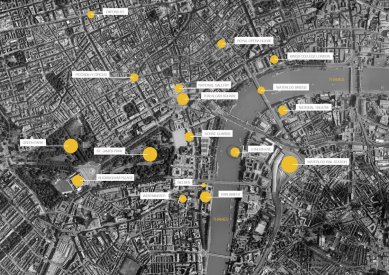
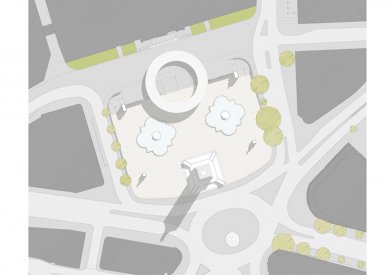
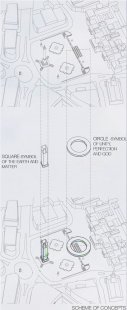
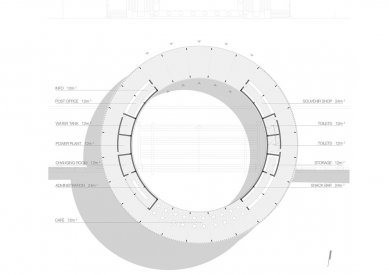
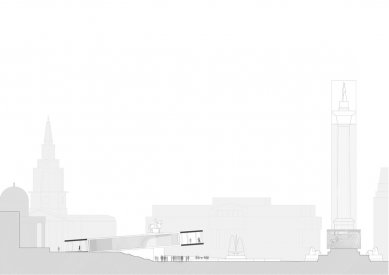
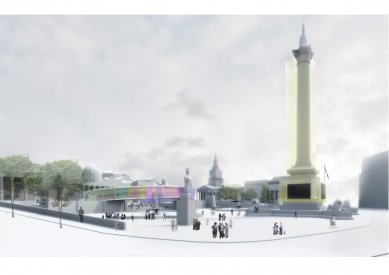
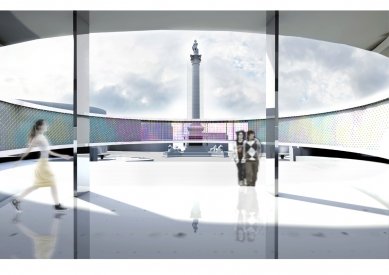
0 comments
add comment











